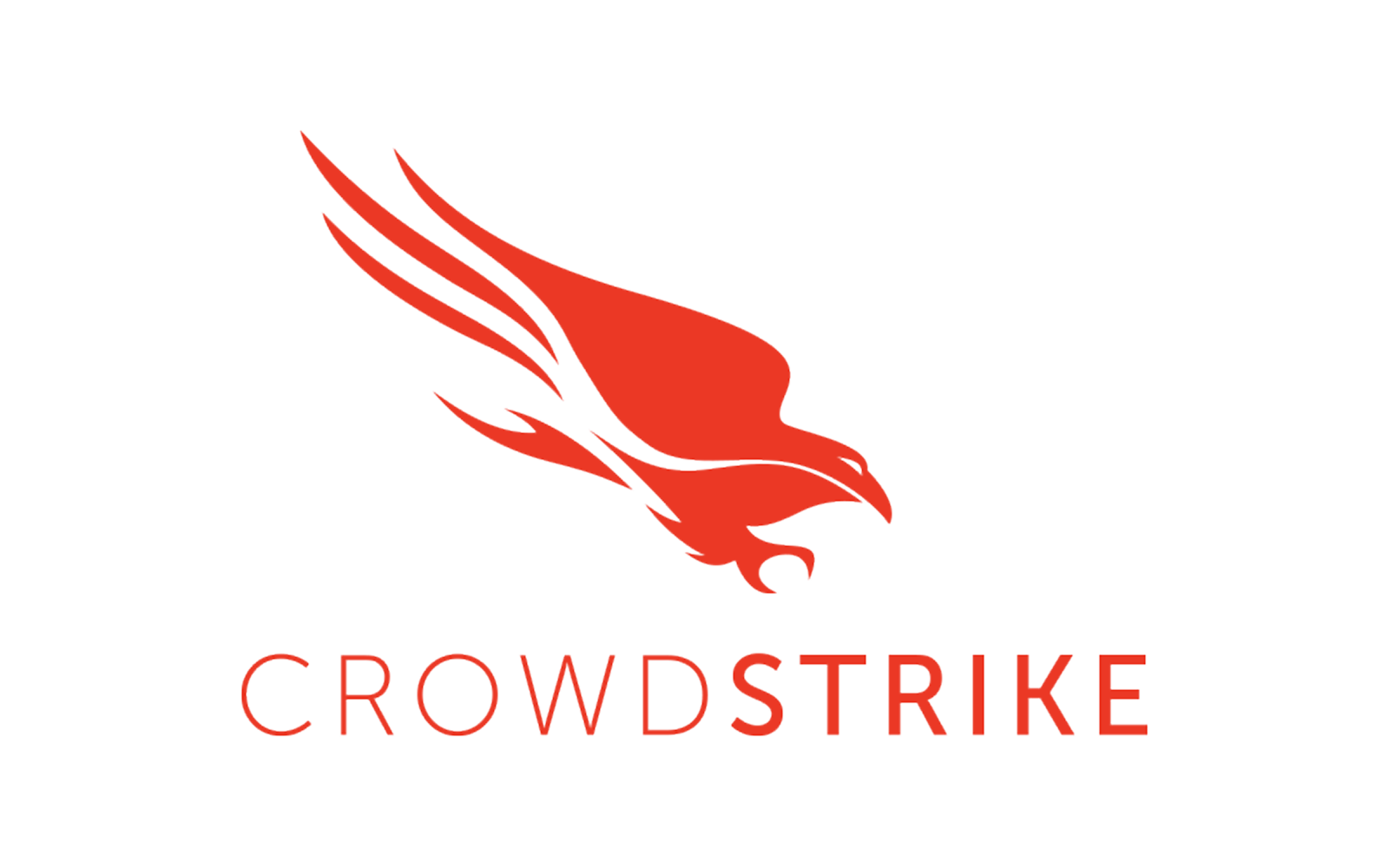
Migrating mission-critical workloads to the cloud is a strategic initiative for IT leaders, particularly for organizations running IBM Power i, AIX, and Linux environments. These workloads are at the heart of business operations, making reliability, performance, and data integrity paramount.
At GlassHouse Systems (GHS), as a trusted cloud service provider, we’ve helped organizations navigate this complex process, ensuring their workloads migrate seamlessly while preserving operational stability. Proper planning is the cornerstone of a successful migration, and understanding the nuances of infrastructure migration is key.
Why Planning is Critical for IBM-Centric Environments
IBM-centric environments host critical workloads, often with tightly integrated systems and custom applications. Migrating these workloads is not as simple as a lift-and-shift approach. Poor planning can lead to:
- Downtime: Disrupting essential business operations.
- Data Loss: Compromising sensitive or business-critical information.
- Cost Overruns: Unexpected expenses during and after migration.
By planning carefully, IT leaders can avoid these pitfalls and ensure a smooth transition.
Key Steps in Planning a Successful Migration
- Assess the Current Environment
Start with a comprehensive evaluation of your infrastructure:
- Identify Mission-Critical Workloads: Determine which systems and applications are essential for business continuity.
- Map Dependencies: Identify how workloads interact with other systems and applications, including custom-built solutions.
- Evaluate Performance Requirements: Ensure the cloud environment can match or exceed the performance of your on-premises infrastructure.
- Develop a Detailed Roadmap
A phased approach is crucial for minimizing risk. Your roadmap should:
- Prioritize Workloads: Begin with less critical systems to test and refine the migration process.
- Define Milestones: Set clear objectives for each phase of the migration, including testing, cutover, and validation.
- Plan for Contingencies: Establish fallback procedures in case of unexpected challenges.
- Focus on Operational Continuity
Minimizing downtime is a top priority. To achieve this:
- Use redundant environments to keep critical systems operational during the transition.
- Schedule migrations during low-activity periods to reduce the impact on business operations.
- Account for Security and Compliance
Cloud environments must meet or exceed the security standards of your on-premises infrastructure. Work with your provider to:
- Implement robust encryption and access controls.
- Ensure compliance with industry regulations and internal policies.
- Collaborate with Experienced Providers
Migrating IBM-centric environments requires specialized expertise. Working with a cloud service provider like GHS ensures a tailored, efficient migration process that aligns with your business goals.
How GHS Helps IT Leaders Plan Cloud Migrations
GHS has decades of experience in managing IBM Power i, AIX, and Linux workloads, delivering reliable cloud migrations for mission-critical systems. Our approach includes:
- Environment Assessments: Identifying dependencies and workload requirements.
- Custom Roadmaps: Creating migration plans tailored to your infrastructure and business objectives.
- Seamless Execution: Minimizing downtime and disruption during the transition.
- Ongoing Support: Providing managed services to optimize and maintain your cloud environment.
Conclusion
A successful cloud migration starts with careful planning and a focus on reliability. By addressing the unique needs of IBM-centric environments and accounting for both infrastructure and application dependencies, IT leaders can ensure a smooth transition that delivers value without compromising operations.
At GHS, we specialize in guiding IT executives through this process, providing the expertise and support needed for success. Contact us today to start planning your cloud migration.
Related articles that might interest you:








.png)


-1.png)

-1.png)


.png)